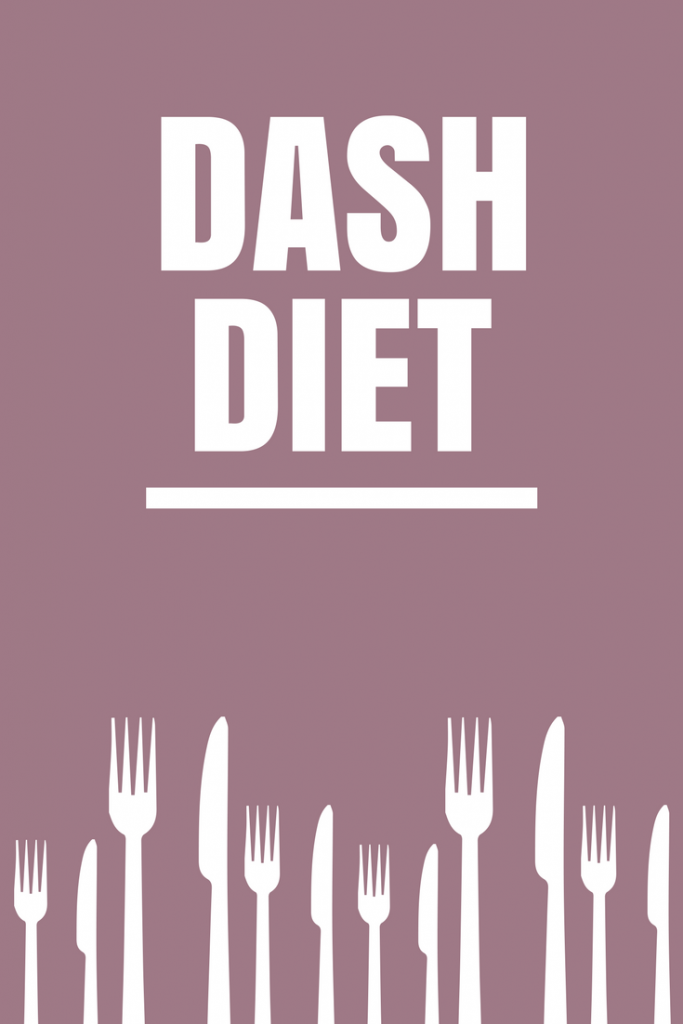DASH Diet

DASH for Health
The DASH diet has been tied to many health benefits including reduced risk of:
- Depression
- Several types of cancer
- Heart disease
- Stroke
- Heart failure
- Kidney stones
- Diabetes
But did you know that it is specifically recommended for people with high blood pressure (hypertension or prehypertension.) This diet has been proven to lower blood pressure, which is why it is named DASH!
Dietary
Approaches to
Stop
Hypertension
The DASH Focus
The DASH diet is rich in fruits, vegetables, whole grains, low-fat dairy products, poultry, fish, nuts and legumes, and non-tropical vegetables oils. It is recommended to limit saturated and trans fats, sodium, red meat and sweets.
Not only can this diet help with high blood pressure and promote heart health,
it can help reduce weight!
What does DASH look like?
Still wondering what a DASH diet plan looks like?
If you were on a 2,000 calorie diet, you can eat:
- 7 – 8 grains a day,
- 4 – 5 vegetables a day,
- 4 – 5 fruits a day,
- 2 – 3 low fat dairy products,
- 2 (3 oz.) of lean meats a day,
- 4 – 5 nuts, seeds, and beans a week,
- And 2 – 3 (1 tsp. – 1 tbsp.) fats and oils a day.
As for the recommended sodium or salt intake, the goal is to limit sodium to 1500 mg (3/4 of a tsp.) a day unless otherwise directed by your doctor.
Tips to Transition to a DASH Diet
If you would like to start transitioning to a DASH diet, begin gradually adding more fruits and vegetables. You should also choose whole grains which are rich in fiber and drink skim/fat free or 1% milk.
Avoiding any foods that contain hydrogenated vegetable oils to reduce trans-fat intake and drinking alcohol in moderation are key to a successful transition. It is recommended for women to drink no more than 1 alcoholic beverage a day and for men to drink no more than 2 alcoholic beverages a day.
If you are interested in transitioning to the DASH diet to lower your blood pressure, lose weight or reduce health risks, talk with your doctor about scheduling an appointment with a registered dietitian at Western Missouri Medical Center. We can work together to build out a personalized DASH diet to help you meet your overall health goals.
